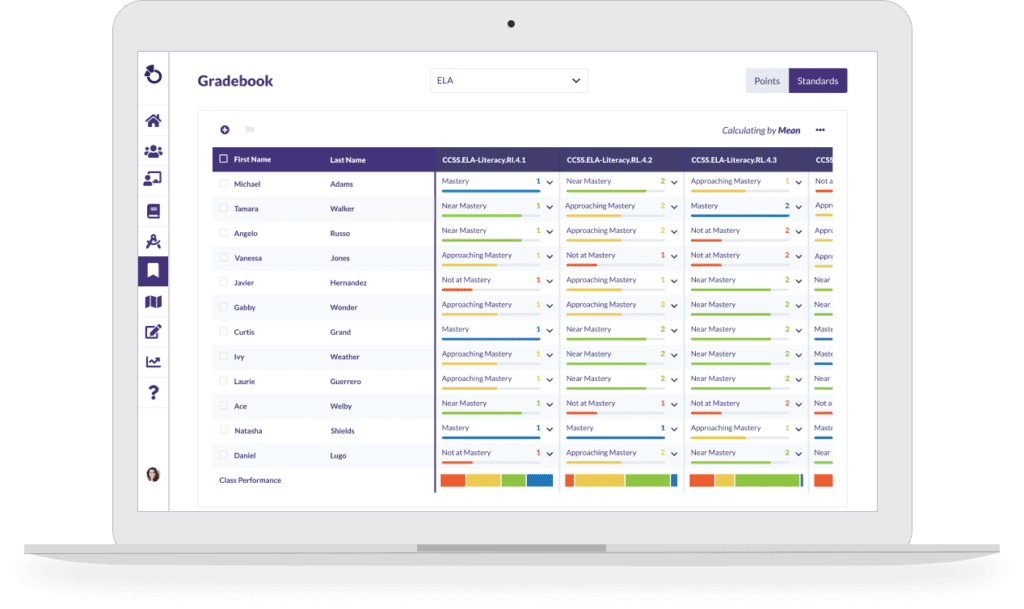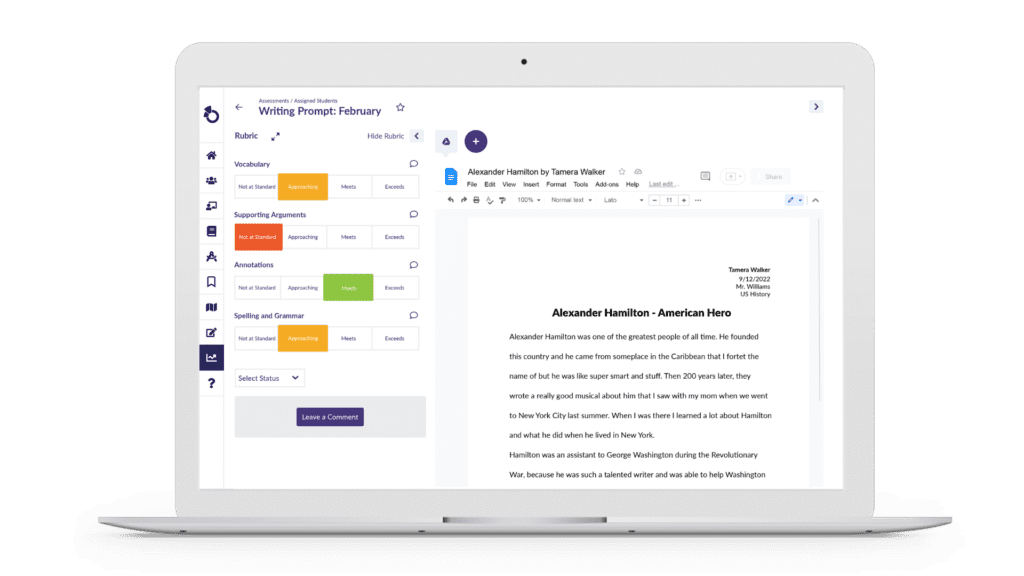Standards-based grading continues to gain popularity as schools look to measure students’ mastery of grade-level standards in addition to, or in place of, traditional grades. As school leaders reimagine the grading systems utilized by educators in their community, many find that grading is not a “one-size-fits-all” model.
Watch this webinar to learn from three educational leaders, including published author Dr. Matt Townsley, Dr. Alexandra Baird, Director of Curriculum and Instruction at St. Andrew’s Episcopal School in Texas, and David Dustin, Principal of Conant Middle-High School in New Hampshire. These leaders have extensive experience with standards-based grading in K-12 schools and discuss:
- How standards-based grading is different from traditional grading and the impact school leaders are seeing on student growth following implementation
- Revisioning grading systems flexibly – what works best across grade level bands from elementary to high school
- Common challenges that arise when revising grading policies in a K-12 community and tangible solutions
- How to gain buy-in from teachers, students, and families
Enhanced Clarity and Communication
Standards-based grading provides a more comprehensive understanding of a student’s strengths and weaknesses compared to traditional grading methods. It improves communication with and the quality of feedback provided to students and parents around specific areas of strength and areas of opportunity. It also empowers teachers to better understand their students’ learning status and tailor instruction to meet individual needs more effectively.

The Otus standards-based gradebook is organized by standards so educators can view a comprehensive picture of performance on the critical concepts to which instruction is aligned.
Need for a Thoughtful Transition Process
Shifting to a standards-based grading system requires careful and gradual implementation, meaning time, patience, and sensitivity to the needs and readiness of the teaching faculty and the wider community. It’s important to respond sensitively to the readiness of all stakeholders to ensure a smooth transition. This change is not just about introducing a new grading practice but involves a broader shift in understanding and supporting each student’s unique learning journey. Communication and consideration for community readiness can contribute to a smoother transition and more acceptance of the new approach.

Rubric assessments help educators to communicate how they will evaluate student performance and provide transparency into what needs to be done to receive a particular grade. This level of clarity and consistency is helpful when communicating new grading practices to students and families.
Aligning Practices and Adapting to Individual Learning Journeys
When implementing new curriculums and grading systems, it’s crucial to acknowledge each student’s unique learning journey. A school’s grading practices should mirror the school’s mission of educating the whole child and honoring their unique growth and development. Traditional grading often doesn’t provide sufficient information to truly understand where students are in their learning journey – and standards-based grading is proven to fill this gap.
Ready to learn more about how Otus can support standards-based grading initiatives in your school community? Get in touch with our team!
